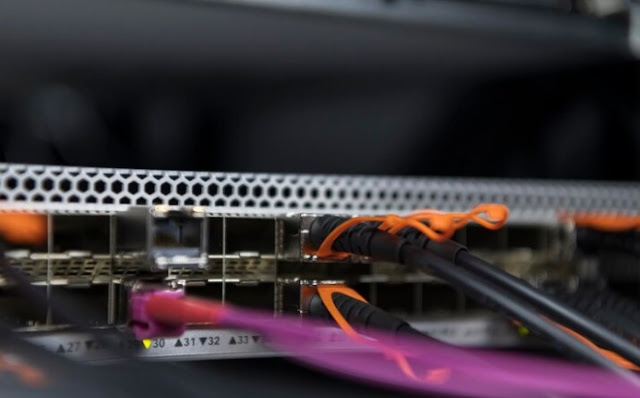When transferring data between two computers, network data cabling is utilized. While some companies employ a single type of cable for information transfer, others use multiple cables working together as network media. The network size, typology, and protocol are the three variables that dictate the cable to utilize. The type of information transfer that is needed determines how network data cabling is installed in different locations, such as homes, schools, and hospitals. Stay here to learn about the main types of network cabling:
Twisted Pair Cabling
This kind of cable may be unshielded or shielded. In school networks, the unshielded variant is more often used and popular. Its increased susceptibility to interference, relative to shielded twisted pair cable, is a drawback that could lead to erratic transmission patterns. If you want wisted pair cable installation service, choose the best cabling company in New Jersey.
Shielded Twisted Pair Cable
Often referred to colloquially as Ethernet cables, STP cables employ a special type of copper telephone wiring for business installations. The usual twisted pair of telephone lines is supplemented with an external shield that serves as a ground.
Shielded cables can be the best option when putting wires in locations where unshielded twisted pair cables may cause interference or pose risks to electrical currents. They can also help to expand the distance between the cables. Choose a reliable network cabling contractor if you are looking to install shielded twisted pair cables.
Coaxial Cables
STP cables use a unique kind of copper telephone wiring for corporate installations. These cables are frequently referred to as Ethernet cables. The typical twisted pair of telephone lines is supplemented with an exterior shield that serves as a ground.
If you wish to install cables in an area where there may be interference and dangers to the electrical current of an unshielded twisted pair cable, shielded cables may be ideal. Shielded twisted pair cables can also increase the distance between the wires.
Fiber Optic Cable
The glass threads that comprise a fiber optic cable are bundled together and can modulate light waves to carry messages. Fiber optic cable construction and design are complex. Although there is a seemingly slight difference, the cable's interior must be set up in two distinct methods, such as single-mode and multi-mode. This has a significant impact on fiber optic cable utilization and performance. If you need the best Fiber optic cabling services, choose the one that has the proper license.
Parting Words
Depending on your requirements and network design, you can choose between coaxial, twisted pair, and fibre optic cable. You should weigh the costs and bandwidth requirements when making a decision. Fitting your network's needs is the ideal approach when buying cable.






This is exactly what I was looking for! Great job breaking it down and making the content so easy to understand.
ReplyDeletenetwork cabling services in dubai